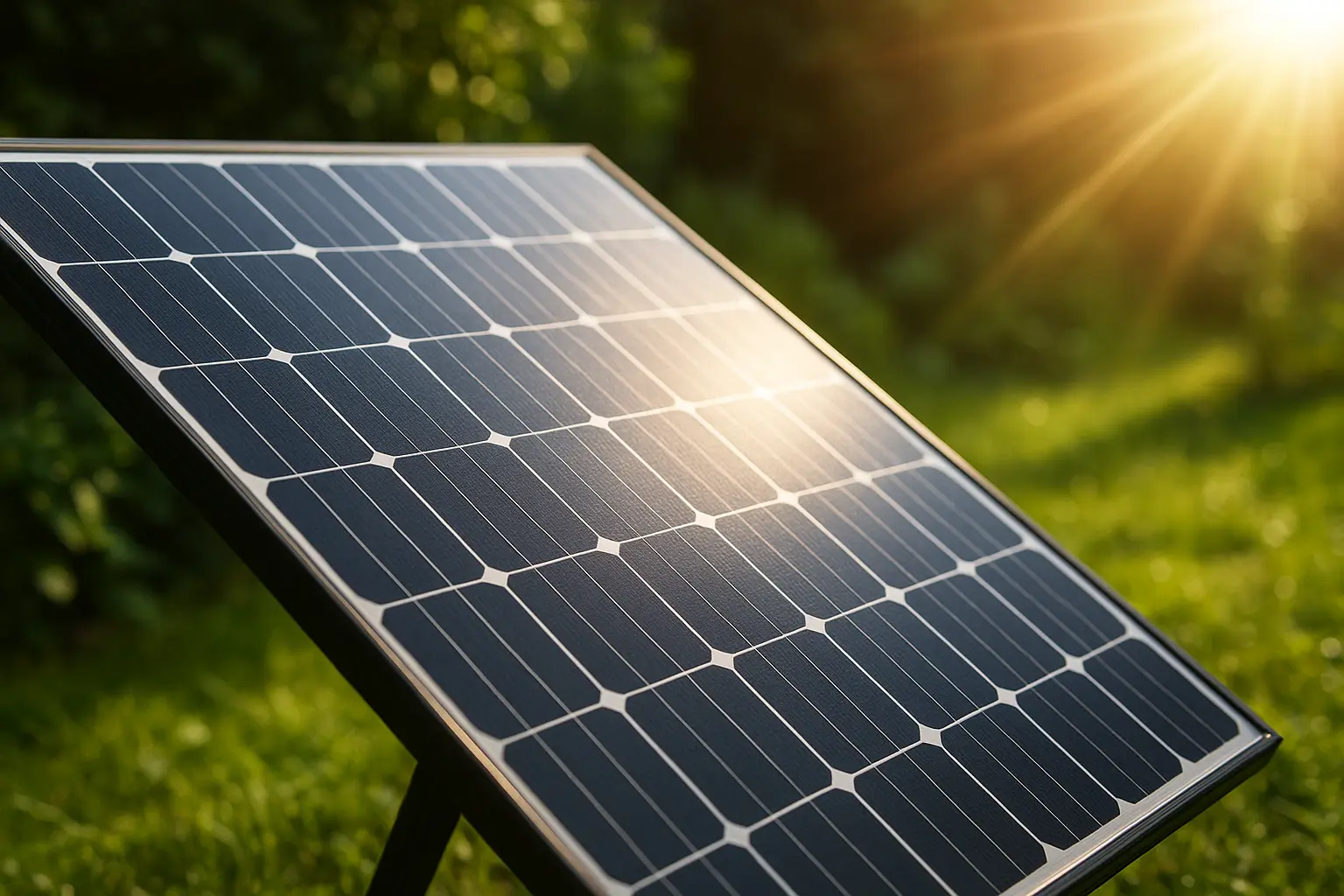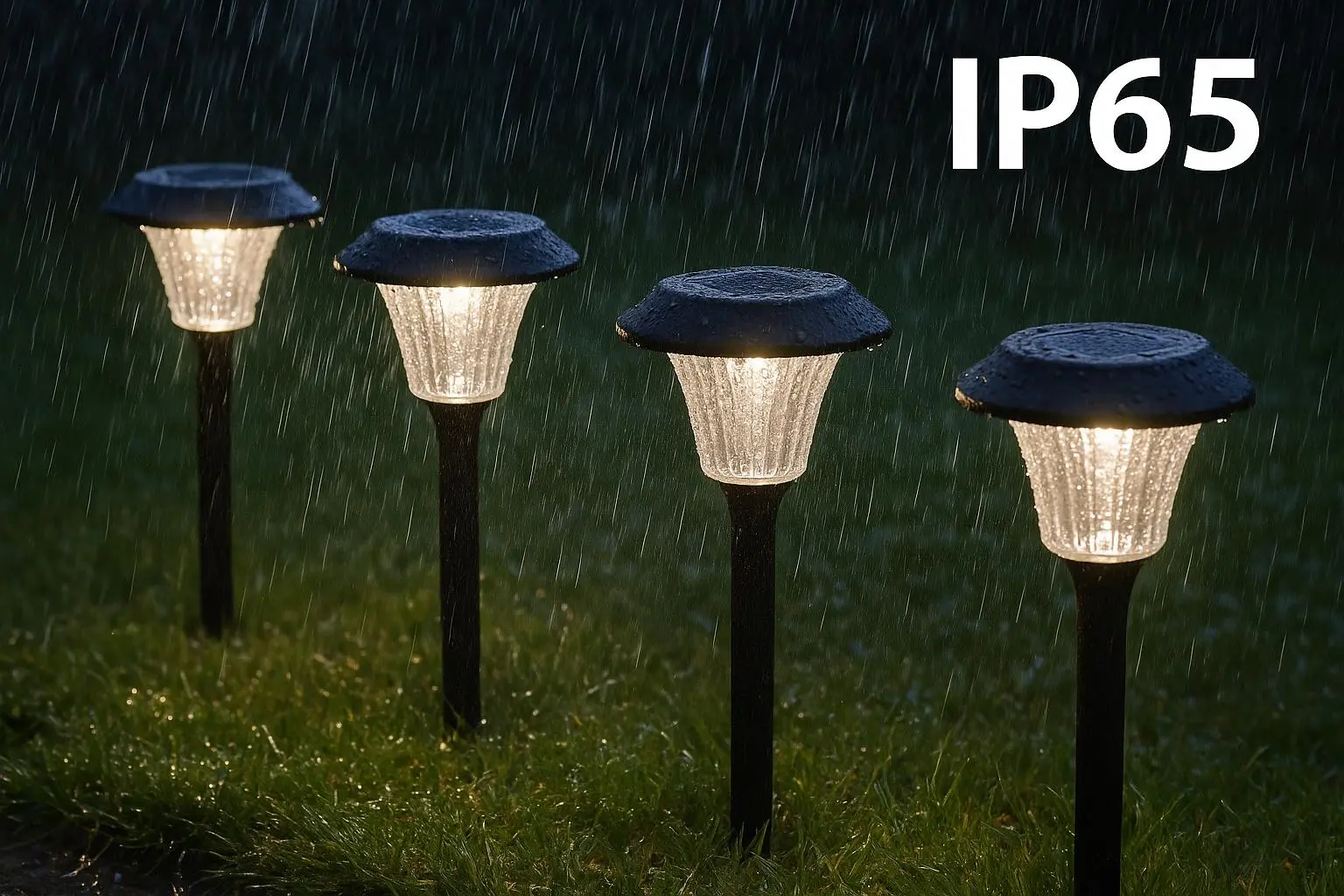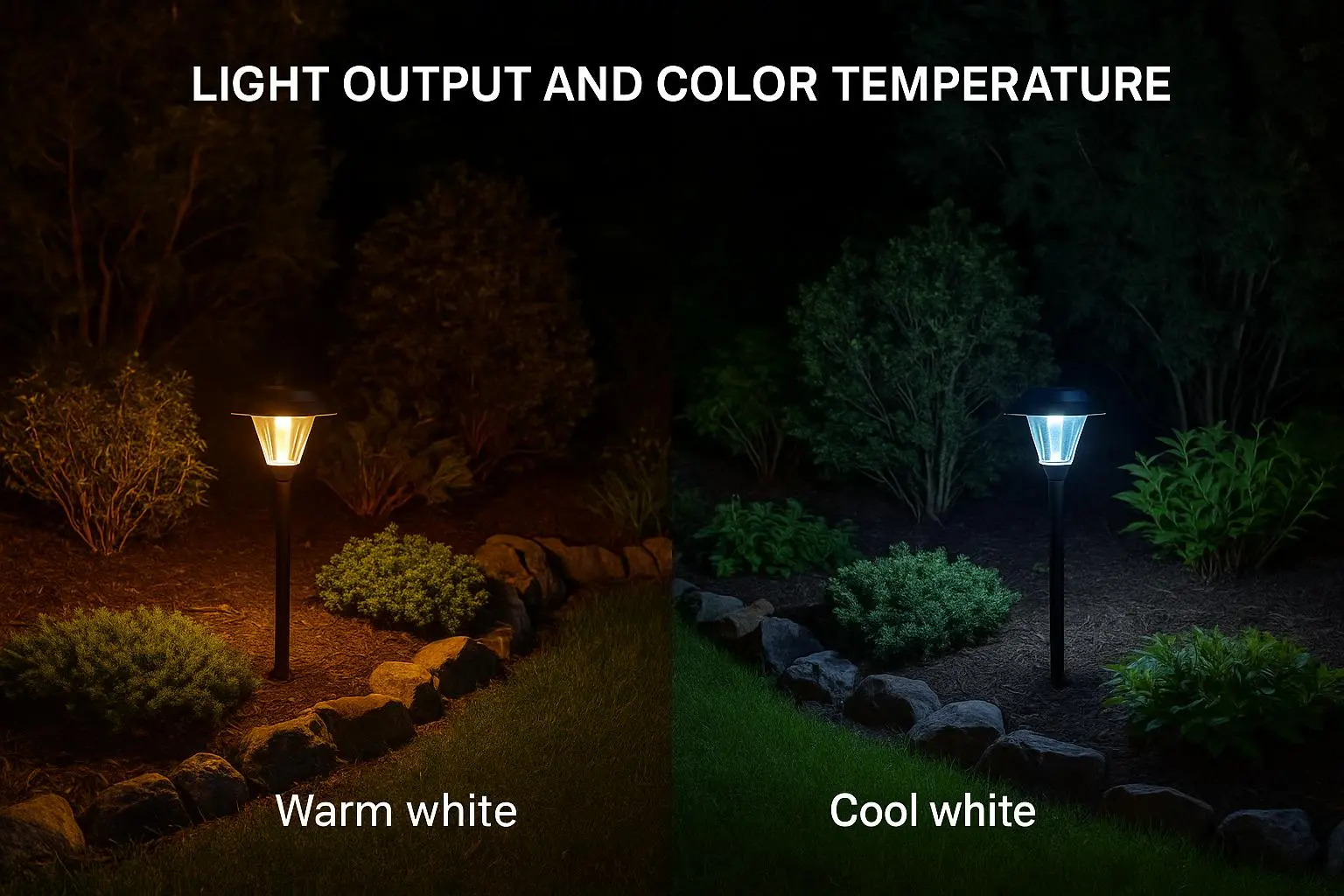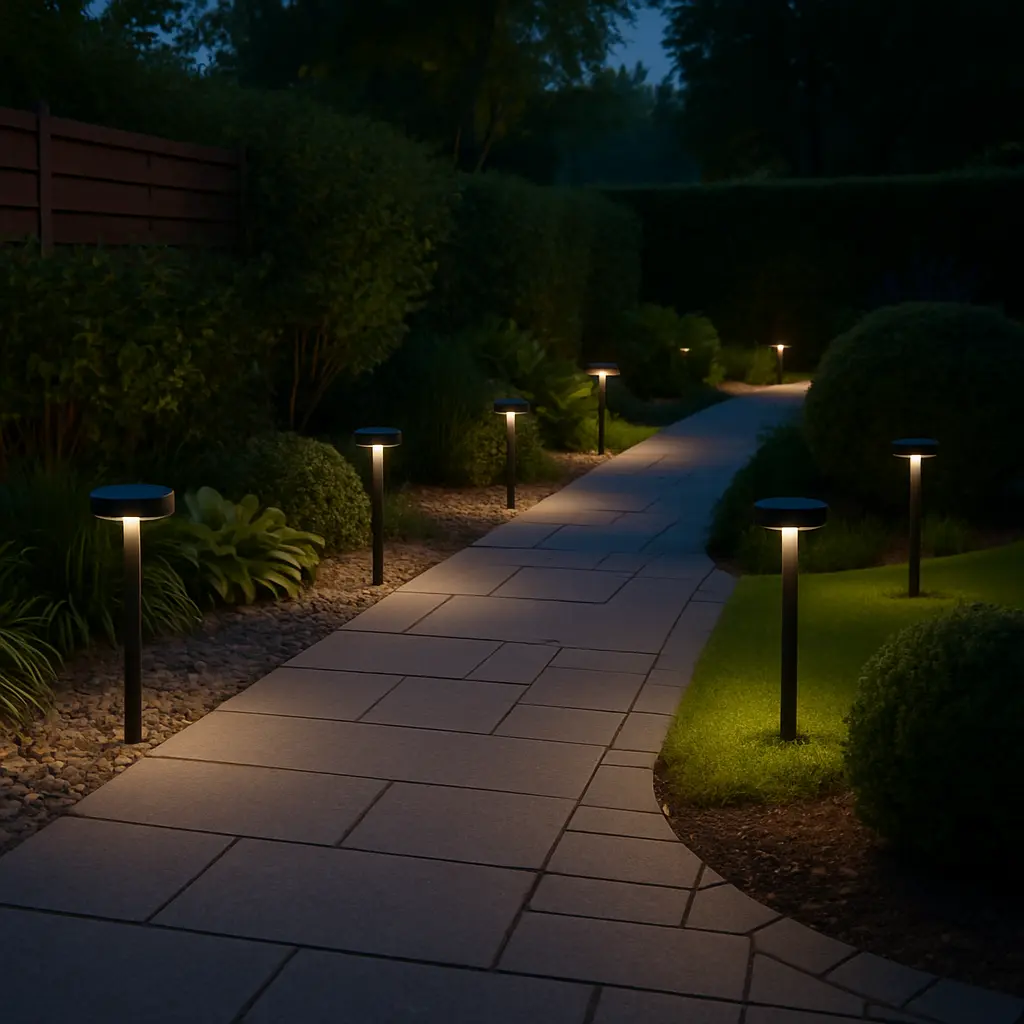Outdoor solar yard lights are a practical and eco-conscious way to enhance your landscape, improve nighttime safety, and add a decorative touch to outdoor spaces. However, with a wide range of designs, features, and technical specifications available in today’s market, selecting the right solar lighting can be overwhelming. This guide outlines key considerations to help you choose solar yard lights that align with your goals, environment, and performance expectations.
Understand the Purpose of Your Lighting
Before choosing a product, clarify the primary function of the solar lights:
- Pathway Lighting: For illuminating walkways and driveways, choose low-profile lights with focused beams to guide foot traffic and improve safety.
- Accent Lighting: To highlight trees, plants, fountains, or garden decor, select spotlights or uplights with adjustable angles.
- Security Lighting: For motion-sensitive illumination around entrances or dark areas, opt for solar flood lights with PIR motion sensors.
- Ambient/Decorative Lighting: To create a cozy atmosphere, consider string lights, lanterns, or decorative stake lights with warm white or color-changing LEDs.
Evaluate Solar Panel Efficiency
The solar panel is the core of any solar light. Its efficiency determines how well the unit can absorb sunlight and convert it into usable energy.
- Monocrystalline panels tend to offer the highest efficiency and perform better in low-light conditions.
- Polycrystalline panels are more cost-effective but may require longer sun exposure for full charging.
- Panel placement and tilt also affect performance—select units with adjustable panels if your yard receives inconsistent sunlight.

Check Battery Capacity and Charging Time
Battery performance dictates how long your lights stay illuminated after sundown. Important metrics include:
- Battery type: Lithium-ion batteries typically last longer and hold more charge than NiMH alternatives.
- Capacity: Choose a battery with at least 1200 mAh for most yard lighting applications.
- Charging time: Ensure the light can charge fully in 6–8 hours of sunlight to offer at least 8–12 hours of illumination.
Look for Durability and Weather Resistance
Outdoor solar lights must withstand environmental stressors such as rain, wind, and UV exposure.
- Ingress Protection (IP) Rating: For outdoor use, a minimum of IP65 is recommended for waterproof and dustproof functionality.
- Materials: Look for UV-resistant ABS plastic, aluminum alloy, or stainless steel housing to ensure long-term durability.
- Operating temperature range: If you live in an area with extreme weather, confirm the product’s temperature tolerance.

Consider Light Output and Color Temperature
Not all solar lights provide the same brightness or visual tone.
- Lumens rating: For ambient lighting, 10–30 lumens is sufficient. For security or task lighting, aim for 100–300 lumens per fixture.
- Color temperature: Warm white (2700K–3000K) offers a cozy glow ideal for relaxation; cool white (5000K–6500K) delivers sharper visibility and is better for security purposes.
Examine Control Features and Smart Options
Modern solar yard lights may include additional features for enhanced usability:
- Automatic dusk-to-dawn sensors: Lights turn on at sunset and off at sunrise without manual intervention.
- Motion sensors: Activate the light only when movement is detected, conserving energy.
- Adjustable brightness modes: Offer flexibility in balancing battery life with illumination needs.
- Smart controls: Some advanced models integrate with mobile apps or smart home systems for remote control and scheduling.
Design and Aesthetic Integration
Your solar lights should complement your outdoor design scheme.
- Choose styles that align with your landscape—modern, rustic, minimalist, or ornamental.
- Color and finish should blend naturally with existing elements such as pavers, fences, or garden beds.
- Consistent design across multiple lights ensures visual cohesion throughout your yard.

Summary: Key Takeaways for Choosing Solar Yard Lights
| Consideration | Recommendation |
|---|---|
| Purpose | Match light type to function: path, accent, security, or decor |
| Solar Panel Type | Prefer monocrystalline for higher efficiency |
| Battery Capacity | Minimum 1200 mAh with 8+ hours runtime |
| Durability | IP65+ waterproof rating and weather-resistant materials |
| Brightness & Temperature | Tailor lumens and color warmth to your application |
| Smart Features | Opt for dusk-to-dawn, motion detection, and adjustable modes |
| Design Aesthetics | Harmonize with landscape architecture and existing decor |
relation product:Solar-Powered Garden Pathway Light MS50041
Final Thought
Investing in high-quality outdoor solar yard lights is more than just a lighting decision—it’s a step toward energy independence, enhanced curb appeal, and elevated safety. By evaluating each fixture based on functionality, efficiency, and resilience, you can make a strategic choice that adds lasting value to your outdoor space.

Leave a Reply